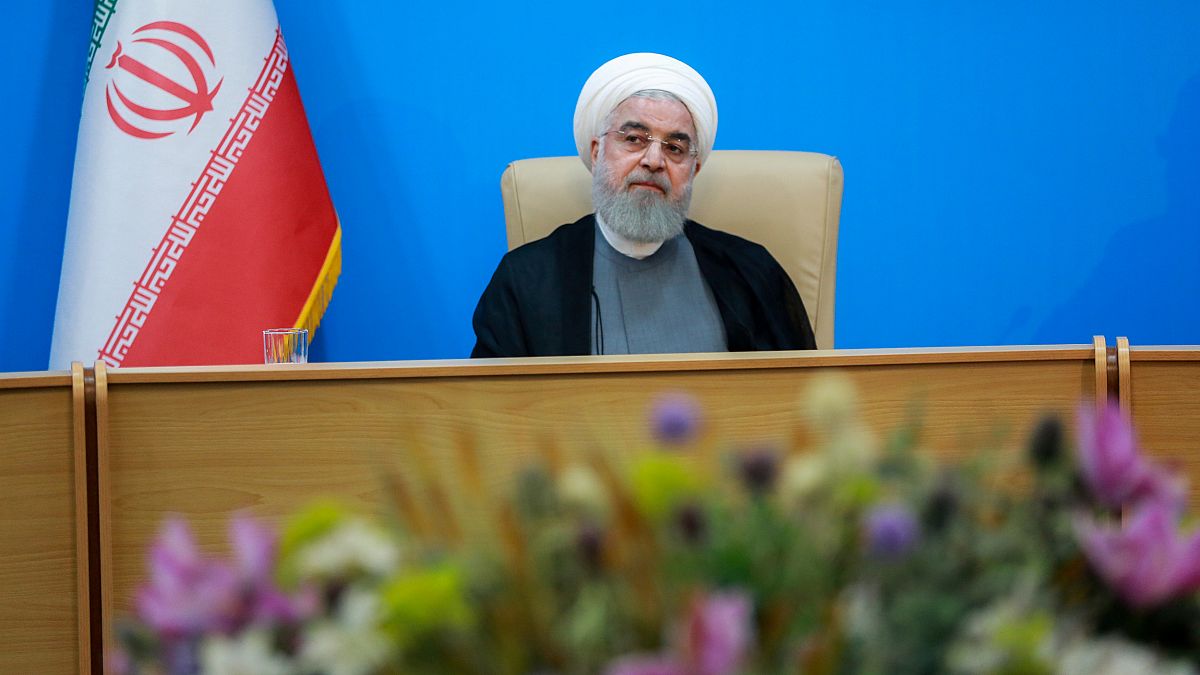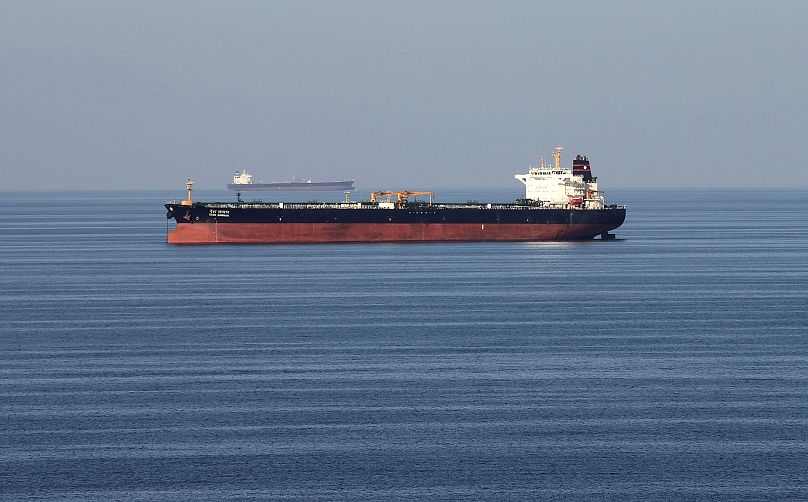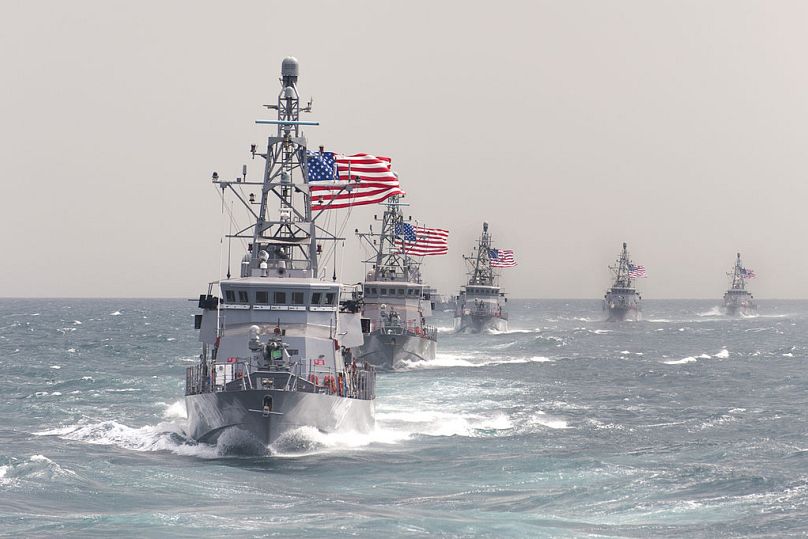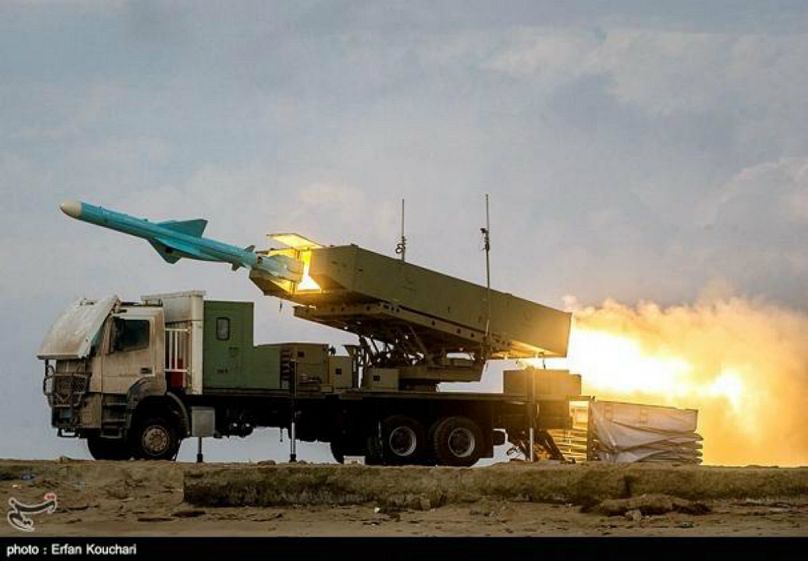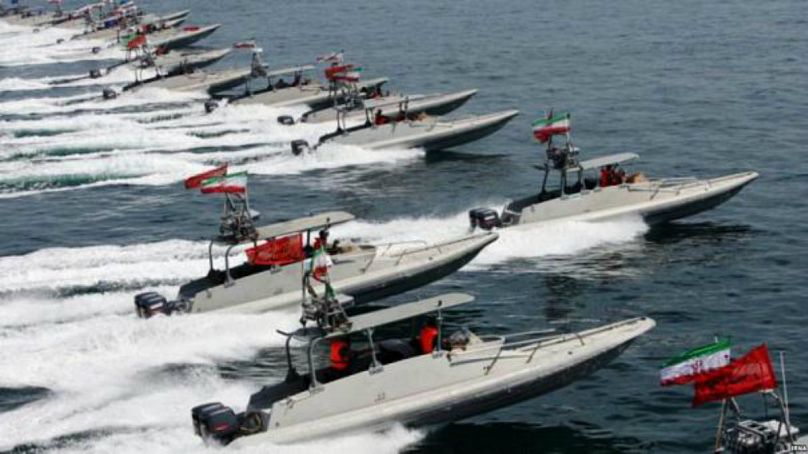Control of the strategically-important Strait of Hormuz has been at the heart of Iran's asymmetric war strategy for decades.
Iran had threatened for years that it would close the Strait of Hormuz during a war of words with the US for control over the strategically important waterway. The shooting down last week of a US drone by the Iranian Revolutionary Guard Corps showed the country is prepared to follow through on its threat.
What's at stake?
The Strait of Hormuz — located south of Iran and north of Oman — is the most important waterway for global energy supply and the only way through from the Persian Gulf to the Arabia Sea and the Indian Ocean.
Between 40% and 46% of the world's oil exports pass through it and this figure could grow. A study by the International Energy Agency (IEA), which planned for steady annual demand growth of 2%, forecasted that by 2030 two-thirds of the world's oil supply would flow through the Persian Gulf.
Huge amounts of natural gas are also transported on that route. According to IEA statistics, 33 billion cubic metres of gas, including from Iran and Qatar, pass each year through the Strait of Hormuz — more than double the 14 billion cuter metres passing through the Strait of Gibraltar.
A possible interruption of oil and gas exports through the Strait of Hormuz would therefore have a significant, negative, impact of the global economy, which is why Iran has put the threat of it at the core of its asymmetric war strategy.
READ MORE: Iran sanctions: Who do they target, and will they work? | Euronews Answers
'Easier than drinking a glass of water'
Washington has been building and increasing its presence in the Persian Gulf since the first war against Irak in 1990-1991. Tehran, cognisant of the fact it cannot match the US military capabilities, has instead focused its strategy on being able to target its enemies' interests around the world, including their economic interests in the Gulf.
Because the Strait is so vital to the world's economy, Iran has boosted its naval capabilities and tasked the Revolutionary Guard Corps — a famously anti-West, anti-US parallel military organisation answering only to supreme guide Ali Khamenei — to protect it.
Every year, the Iranian navy and the Revolutionary Guard Corps conduct military exercises in the Persian Gulf, the Strait of Hormuz and the Sea of Oman during which cruise missiles are tested.
According to Tehran, these manoeuvres aim to strengthen security for commercial shipping and are not a prelude to a potential closure since "we control the Arabian Sea and its traffic". They have said however that closing the Strait would be "easier than drinking a glass of water".
READ MORE: The Strait of Hormuz: Where is it? What is it?
Iran naval capabilities
To ensure continued control over the area, Iran has focused most of its military technology on its naval capabilities, including:
- Khalij Fars (trans. Persian Gulf): a solid fuel-powered anti-ship ballistic missile launcher with a 300-km range. Unveiled in February 2011, it is intended exclusively for targeting ships.
- Noor (Glory): an Iranian-made medium range anti-ship cruise missile, improved several times. The initial missile had a 30-km range, which was then boosted to 130 km in Phase 2 and 170 km in Phase 3.
- Qader (Able): an Iranian-made medium-range anti-ship cruise missile with a high destructive capacity against coastal targets and warships. Unveiled in August 2011, it has a range of 200 km and is described by Iranian officials as "the most powerful and accurate missile" in their navy's arsenal.
- Nasr-1: a short-range anti-ship missile, made in Iran and able to evade radar. It has the ability to destroy a 1,500-ton ship. Nasr-1 missile can be launched from land bases and military ships, as well as helicopters and submarines.
- Speedboats: the development of high-speed ships is at the heart of Iran's defensive policy. They allow attacks against passing ships in the sea and interrupt their passage.
READ MORE: Explainer: What we know about the oil tanker attacks in Gulf of Oman
